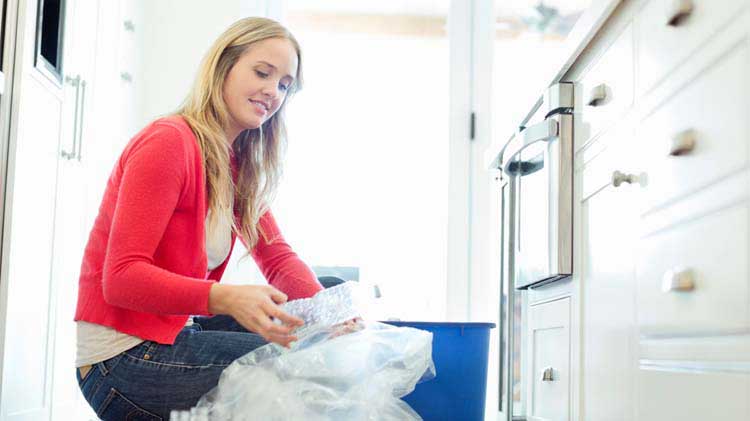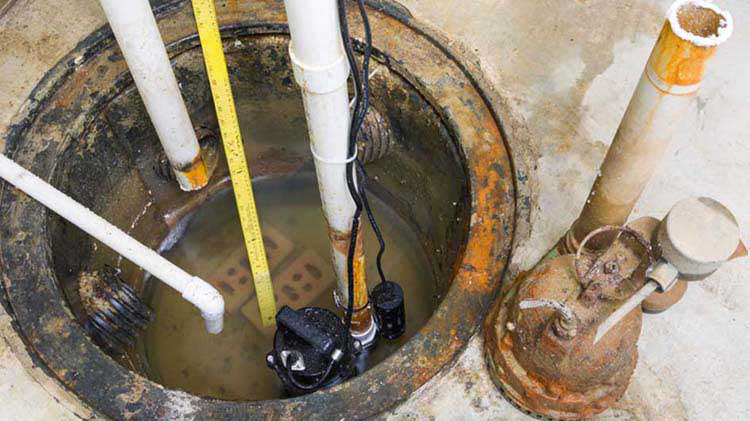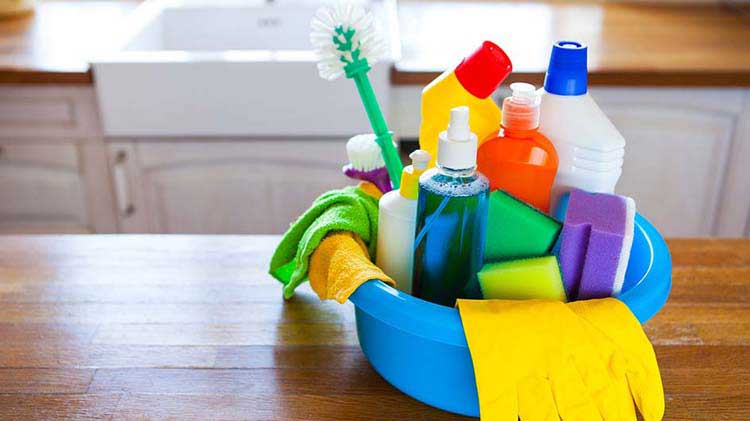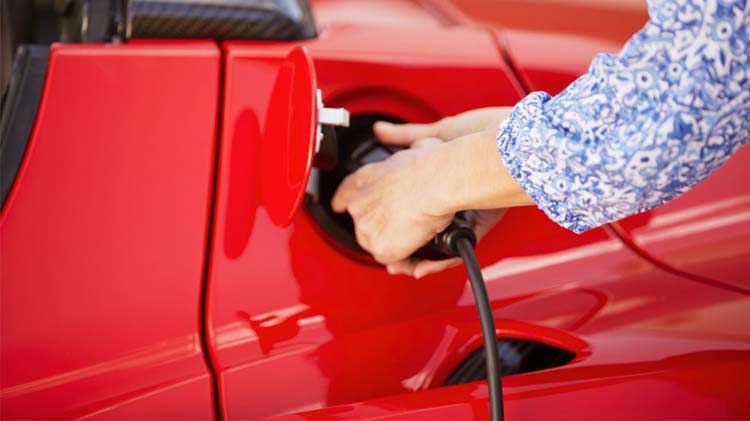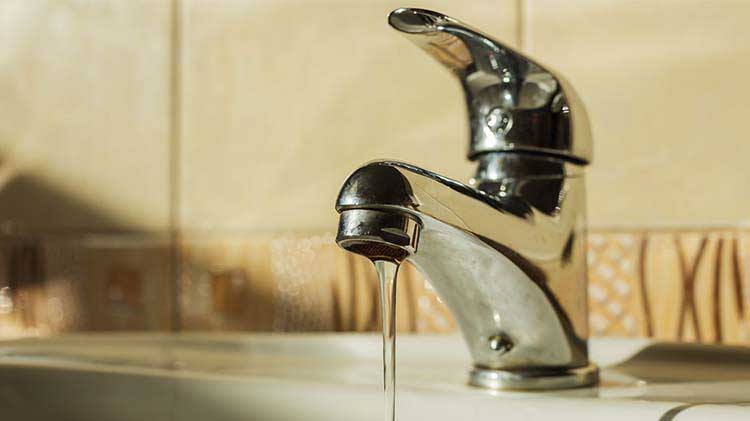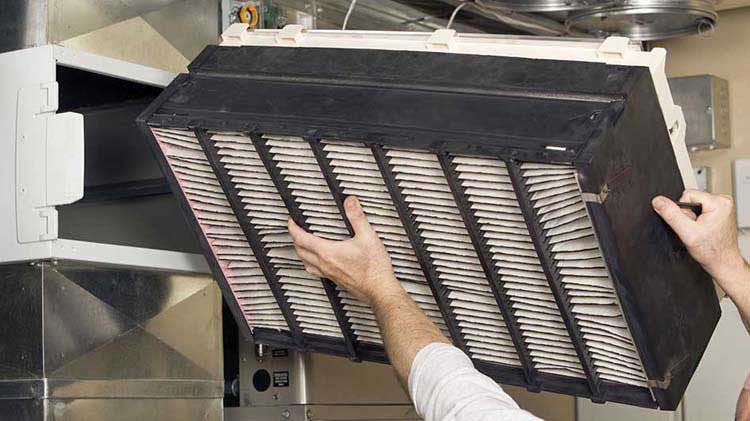5 ways to bump up your plastic recycling
Plastic drinking straws, to-go coffee cups, water bottles: It's hard to go a day escaping plastic. But plastic recycling? Turns out, we're not doing enough of it. Since 1950, only 9 percent of the 8.3 billion metric tons of plastic produced have been recycled. The rest? It ends up where we don't want it: landfills and oceans, to name just two.
The problem may feel overwhelming, but you could make an impact and trim your plastic use and consumption in thoughtful, simple ways. How many gold stars could you award yourself on our plastics challenge? Find out.
Can you bring your own containers and bags?
Take a mental inventory of all the steps on your daily routine that might require plastic: grocery store, coffee shop, lunchtime. Invest in a few key to-go pieces such as canvas grocery bags and a metal to-go mug.
Can you reduce your packaging?
From convenience foods to travel-size toiletries to the mini bar, items sold as single servings include lots of plastic packaging. If you've got space to store it, a bulk-size box of cereal has less packaging than several smaller containers. In the produce aisle, consider skipping those individual plastic bags; you probably take your apples and pears out of them when you get home anyway.
Could you say "no"?
Simple requests when you're out and about can add up. Take the ubiquitous plastic straw, for example: Simply ask the restaurant to skip it for your water. The same goes for plastic utensils with your to-go food order.
Can you choose greener alternatives?
Here's something you may not know: Some chewing gum and flushable baby wipes may contain plastic. Read the ingredient list carefully and look for plastic-free or recycled-content options.
Can you recycle at home more?
Every municipality has different rules regarding what you can and cannot recycle and how you should discard plastic items. Find out what your rules are and post some tips near the trash bin in your home for helpful guidance. The less you throw away in the regular trash, the better for everyone.
